I am working on a system where users can subscribe to places and places can see these users in their CMS. But now I want to create statistics for the places.
Some of these statistics are:
- How many males/female have subscribed to the place.
- Age range of the users in my place.
How would these statistics work in Firebase? I could create a function and listen to the placeUsers node when something gets added or deleted. But the tricky part is that I need statistics per place.
I can't do it client-side because a place could potentially get millions of users.
Down here I pasted (a small fragment of) my current database setup.
{
"users": {
"<user-push-key>": {
"name": "",
"birthdate": 2138349423489,
"gender": "male"
}
},
"placeUsers": {
"<place-push-key>": {
"<user-push-key-1>": true,
"<user-push-key-2>": true,
"<user-push-key-3>": true
}
},
"places": {
"<place-push-key>": {
"name": "",
"location": ""
}
}
}
